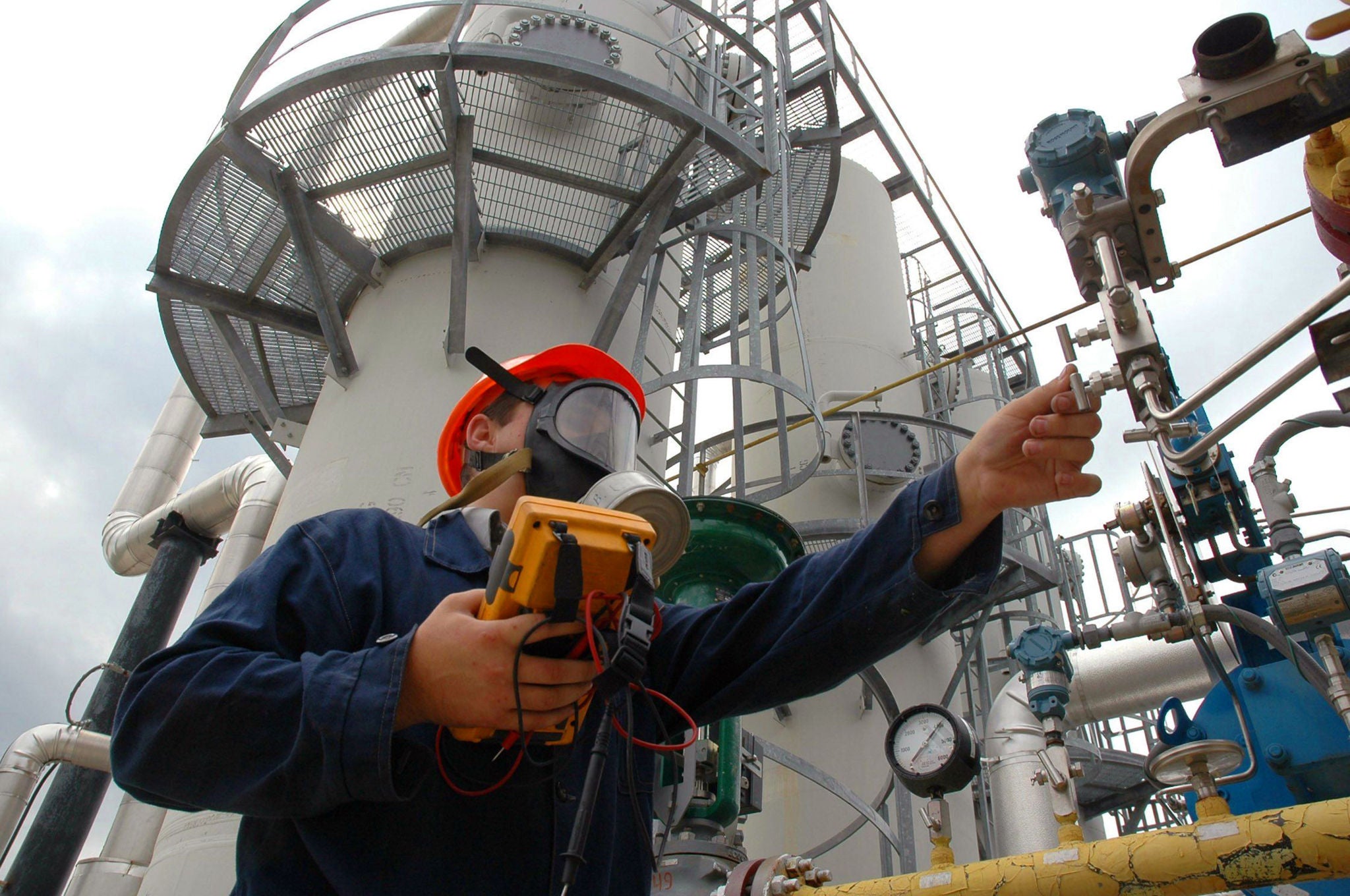EY refers to the global organization, and may refer to one or more, of the member firms of Ernst & Young Global Limited, each of which is a separate legal entity. Ernst & Young Global Limited, a UK company limited by guarantee, does not provide services to clients.
Related content
Five proactive steps to prepare for expected carbon measures
Five steps to prepare for expected carbon measures. Find out more.
As businesses prepare to submit their first declaration under the EU’s new Carbon Border Adjustment Mechanism (CBAM) by 31 January 2024, the steps necessary to prepare are now clear. The ongoing development of our perspective on CBAM has stemmed from our experience of helping businesses at all stages in the supply chain – from those directly importing into the EU to those upstream producing the raw materials around the world – together with the European Commission releasing new guidance. Businesses should be taking proactive and practical steps to ensure they report efficiently, therefore putting themselves in the best position to comply with the new regime.
In October 2023, our Sustainability Tax services team held a webcast¹ titled ‘Understanding the true impact of the EU CBAM for non-EU headquartered groups’. During the webcast, we ran two audience polls to understand the issues businesses are facing around CBAM. In the first poll, over half (60%) of respondents admitted they weren’t sure whether their business has access to the data needed for compliance with CBAM. In the second, 74% said they expected CBAM to impact multiple functions within their organisation. Together, these results point to a worrying mix of low readiness and high impact, a combination that echoes industry research² and our own everyday conversations with businesses. It’s clear that there’s a continuing lack of awareness of CBAM, especially among businesses in non-EU countries, including the UK. With the first reporting deadline for CBAM compliance approaching, it’s a knowledge gap that organisations need to fill – and fast.
Changing behaviour to drive decarbonisation
Far more than just a regulatory policy measure, CBAM is a key pillar of the EU's “Fit for 55” package, a range of initiatives aimed at reaching the EU's climate goal of reducing emissions by at least 55% by 2030.³ To support this target, CBAM aims to address “carbon leakage”: the risk that products imported into the EU may have higher embedded carbon than those manufactured within its borders.
Carbon leakage is a significant issue. In a recent report,² the Organisation for Economic Co-operation and Development (OECD) estimates that in 2021, 58% of the approximately 40 billion tonnes of greenhouse gas emissions (across a group of 72 countries including all OECD members) were unpriced. The EU’s CBAM attempts to address this by placing a cost on the embedded carbon imported into the EU for the products covered by the scheme, thereby ensuring that producers in the EU and third countries will both pay the same price for carbon, based on the levy imposed under the EU’s Emissions Trading System (ETS).
By enforcing CBAM, it aims both to reduce carbon emissions overall and prevent unfair competition from imports into the EU with uncosted embedded carbon. The ultimate objective is to decarbonise supply chains by changing the behaviour of companies across and beyond the EU.





